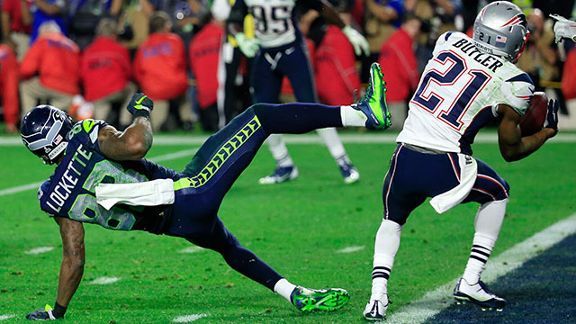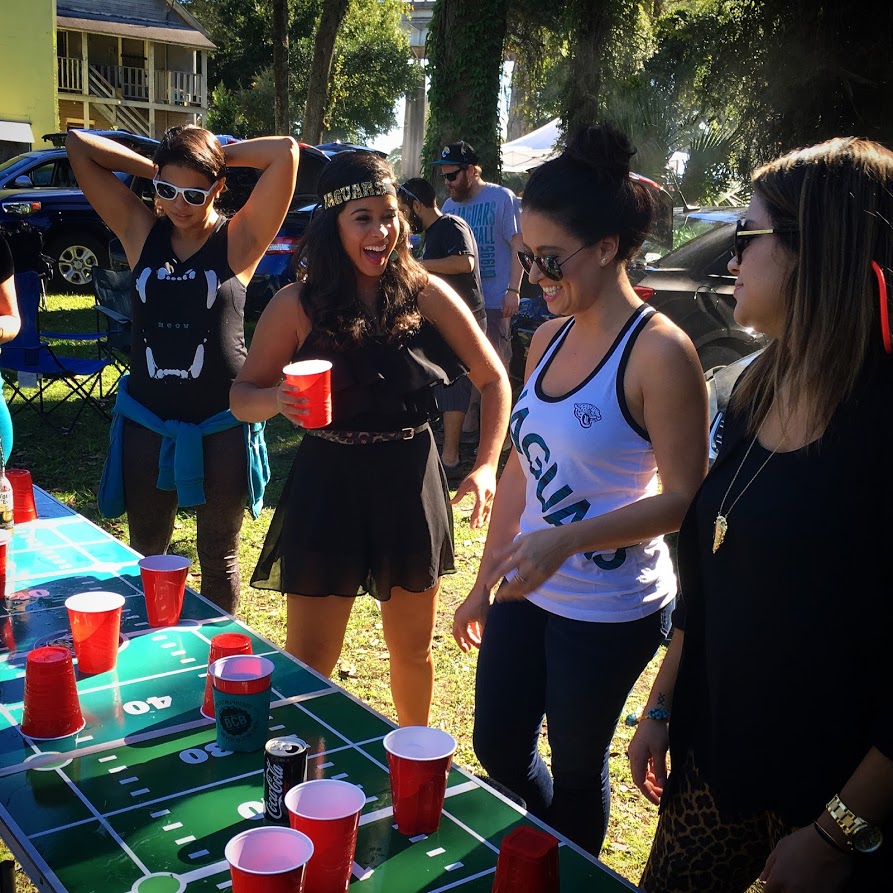The day after the biggest game of the year, the talk of the town has been why Seahawks head coach Pete Carroll opted for a pass instead of using his beast of a running back Marshawn Lynch to punch it in for a game-winning touchdown.
Except that play isn’t as much of a sure-win as many would have you believe.
To set the scene, Tom Brady and the Patriots had just took the lead after being down by 10-points in the 4th quarter. With plenty of time still left on the clock, Seattle QB Russell Wilson drove his team down the field, Jevon Kearse made what was almost the greatest catch in Super Bowl history and the Seahawks looked like they would get a game-winning score with little time left on the clock.
Sitting on New England’s one-yard line, Bill Belichick decided not to call a time out, which may have caused Seattle to rush to get a snap off before the play-clock expired.
As every armchair coach would tell you in this moment, you run the ball on that play.
Every. Single. Time.
But both that play call and Marshawn Lynch carrying it doesn’t have the high success rate football fans would assume.
From The Herd with Colin Cowherd:
“An NFL quarterback has thrown from the 1-yard-line 109 times this season. And Russel Wilson’s throw at the end of the Super Bowl was the first time that pass has been intercepted all season long.”
From the Washington Post:
This season, Lynch got the ball five times at the opponent’s 1-yard line. He scored just once. Over his career, Lynch has had 36 carries from the opponent’s 1-yard line. More often than not, he didn’t reach the end zone. He scored on 15 of those carries, or 41.7 percent of the time. On 12 of those carries, he did not gain a yard. On nine of them, he lost yardage.
Instead of giving the ball to his best player, Carroll chose to pass on 2nd down knowing if it didn’t work, he would have two more downs to feed it to Lynch.
Obviously, Carroll didn’t get a chance to call the running play because what’s being forgotten in all of this debate chatter is the incredible game-clinching interception made by New England’s Malcolm Butler.
Butler, who was an undrafted free agent and alumni of West Alabama was working part-time at a Popeyes after he was kicked out of community college. Butler credits that time in his life as to what helped him refocus his football career and work ethic until he eventually ended up on the Patriots roster.
It was Butler’s “student of the game” personality that earned him a roster spot and the opportunity to be on the field in the final seconds of the Super Bowl. What’s even more remarkable is that in the days leading up to the Super Bowl, Butler was burned on a one-yard goal line play. Before the final drive in the Super Bowl, Butler was reminded by his coaches of how he got burned a few days earlier, so he was prepared on what to expect, jumped on the pass by Wilson and held on to the interception to seal the victory for the Pats.
The catch by Kearse, the non-timeout by Belichick, the play-call by Carroll and eventual pick-play by Butler has to go down as the most intense final minute to a game, much less a Super Bowl, in the history of televised sports.
But with all that said, I still believe it was a bad play call by Carroll, sub-par throw by Wilson and one heck of an interception from a guy who used to work at Popeyes.
Featured image via Rob Carr/Getty Images






